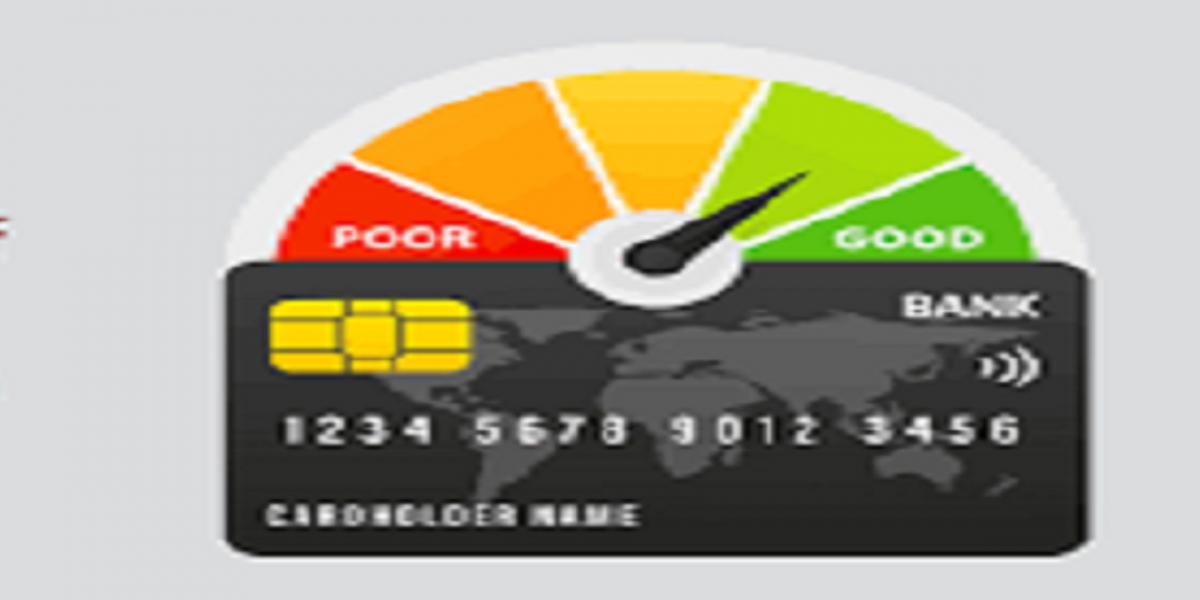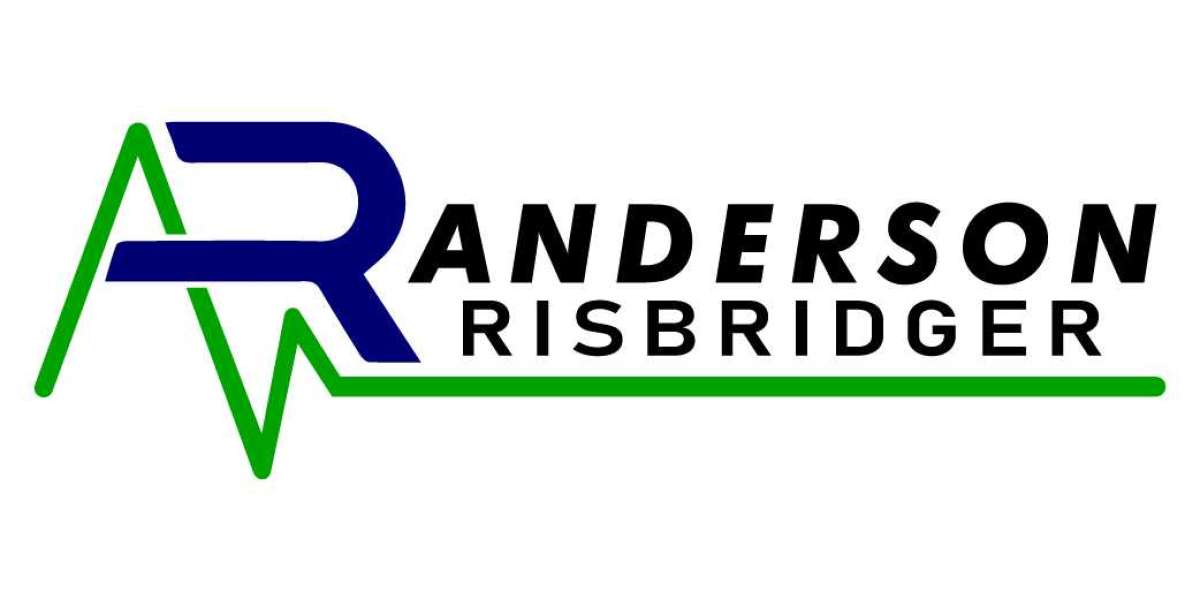The credit card utilization ratio is a key factor in determining your credit score. It's a percentage that shows how much of your available credit you're using at any given time. A high utilization ratio can hurt your credit score, while a low one can improve it. Understanding how credit card utilization works, knowing your limits, and taking steps to improve it can make a big difference in your financial health. In this article, we'll dive into what credit card utilization is, why it matters, and ways to keep it in check. Plus, we'll address five frequently asked questions about this critical topic.
What Is Credit Card Utilization Ratio?
Credit card utilization ratio, also known as credit utilization, refers to the amount of credit you're using compared to your total available credit. It's expressed as a percentage and calculated by dividing your credit card balance by your credit limit.
For example, if you have a credit card with a $1,000 limit and you're using $300, your credit utilization ratio would be 30% ($300 ÷ $1,000).
Credit utilization is typically calculated for individual credit cards and across all your credit accounts. It’s one of the most important factors in calculating your credit score. Ideally, you want to keep your credit utilization ratio below 30%, as higher ratios can negatively impact your credit score.
Why Is Credit Card Utilization Important?
Credit card utilization is a key component of your credit score calculation. It accounts for about 30% of most scoring models, making it almost as important as your payment history. A high utilization rate signals to lenders that you're relying heavily on credit, which can be viewed as a sign of financial distress. On the other hand, a low utilization rate suggests that you're managing your credit responsibly and not overextending yourself.
Lenders like to see a low utilization rate because it indicates you're using credit wisely. The lower your credit utilization, the better your credit score will be. It's one of the quickest ways to improve your credit score if you're looking to get approved for a loan, mortgage, or another credit card.
How to Calculate Your Credit Card Utilization Ratio
To calculate your credit utilization ratio, follow these steps:
- Check Your Credit Card Balance: Look at your current balance on each of your credit cards.
- Determine Your Credit Limit: Find out the credit limit for each card.
- Divide Your Balance by Your Credit Limit: This will give you your utilization ratio for that card.
- Calculate for All Cards: If you have multiple cards, add all your balances and all your credit limits together, then divide the total balance by the total credit limit to get your overall utilization ratio.
For example:
- Card A: Balance = $400, Limit = $1,000, Utilization = 40%
- Card B: Balance = $200, Limit = $2,000, Utilization = 10%
Total Balance = $600 Total Limit = $3,000 Overall Utilization Ratio = 20%
How to Improve Your Credit Utilization Ratio
If your credit utilization is high and negatively affecting your credit score, there are several strategies you can use to lower it:
Pay Down Your Balances: The most straightforward way to improve your utilization ratio is by paying off your credit card balances. The lower your balance, the lower your utilization.
Request a Credit Limit Increase: If you're consistently keeping your balances low but still have a high utilization rate, consider asking your credit card issuer to raise your credit limit. A higher limit will automatically reduce your utilization ratio if your spending stays the same.
Open a New Credit Card: Adding a new credit card increases your total available credit, which can lower your overall utilization ratio. However, be careful not to increase your spending as this could cancel out the benefit.
Make Multiple Payments: Instead of making just one payment per month, consider paying down your balance several times during the billing cycle. This keeps your balance lower at any given time, which helps reduce your reported utilization.
Keep Unused Credit Cards Open: Closing credit cards can reduce your total available credit, which could increase your utilization ratio. Keep older, unused cards open if possible, as they contribute to your overall credit limit.
Use Balance Transfer Offers Wisely: Some credit cards offer balance transfer deals with low or 0% introductory rates. Transferring your balance from a high-interest card can help you pay down debt faster, which can lower your utilization.
5 FAQs About Credit Card Utilization
1. What is a good credit card utilization ratio?
A good credit card utilization ratio is below 30%. However, the lower your utilization ratio, the better. For the best credit score, aim for a utilization rate of 10% or lower. Keeping your utilization ratio low shows lenders you're not relying too heavily on credit and managing it responsibly.
2. How often is my credit utilization ratio updated?
Your credit card utilization ratio is updated whenever your credit card issuer reports your balance to the credit bureaus, typically once a month. This usually happens after your statement is generated. However, some credit card companies may report at different times, so it's essential to be mindful of when you're using your credit card and how much you're charging during the billing cycle.
3. Does paying off my credit card in full each month improve my utilization ratio?
Yes, paying off your credit card in full every month can help lower your utilization ratio, but it depends on when your issuer reports your balance to the credit bureaus. If you make a large purchase right after the reporting date and then pay it off before the next statement, the high balance could still be reported, affecting your utilization ratio. Making multiple payments throughout the month can help avoid this issue.
4. Can a high credit utilization ratio hurt my credit score?
Yes, a high credit utilization ratio can negatively impact your credit score. When you use more than 30% of your available credit, lenders may see this as a sign that you're over-reliant on credit, which can lower your credit score. The higher your utilization ratio, the more significant the impact on your score, especially if it stays high for an extended period.
5. Does closing a credit card affect my utilization ratio?
Yes, closing a credit card can increase your credit utilization ratio by reducing your total available credit. For example, if you have a $5,000 credit limit across two cards and you close one with a $2,000 limit, your available credit drops to $3,000. If you're carrying the same balance, your utilization ratio will increase, potentially hurting your credit score.
Conclusion
Understanding your credit card utilization ratio and keeping it in check is essential for maintaining a good credit score. A high utilization ratio can signal financial stress, while a low ratio shows responsible credit use. By regularly monitoring your credit balances, paying down debts, and using strategies like requesting credit limit increases or making multiple payments per month, you can effectively manage your credit utilization and improve your overall financial health.
Keeping your utilization below 30% is a good target, but lower is always better. Whether you're planning to apply for a loan, buy a house, or simply improve your credit standing, paying attention to your credit card utilization can help you reach your goals.
Visit here: Building Credit with Secured Credit Cards









